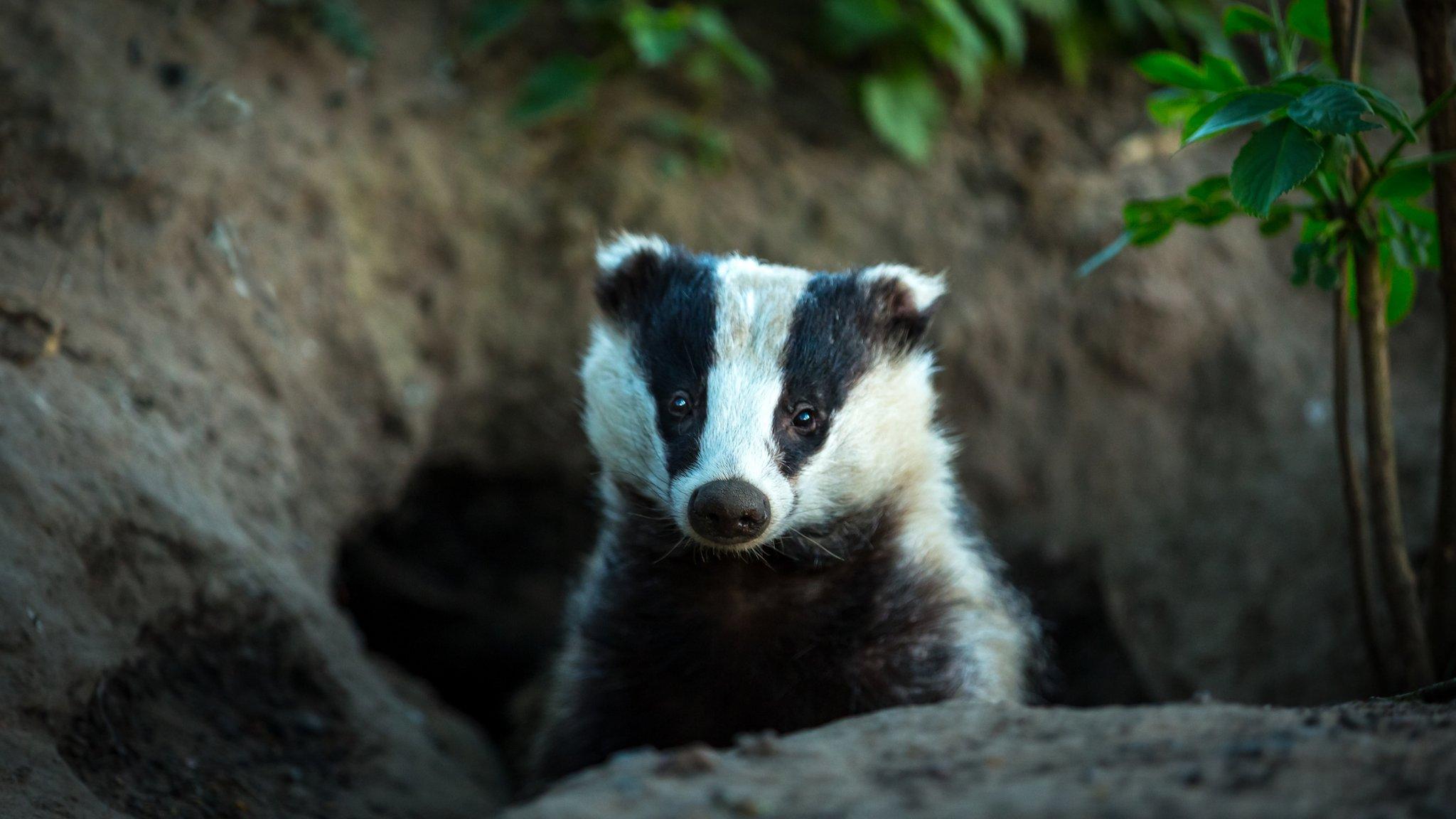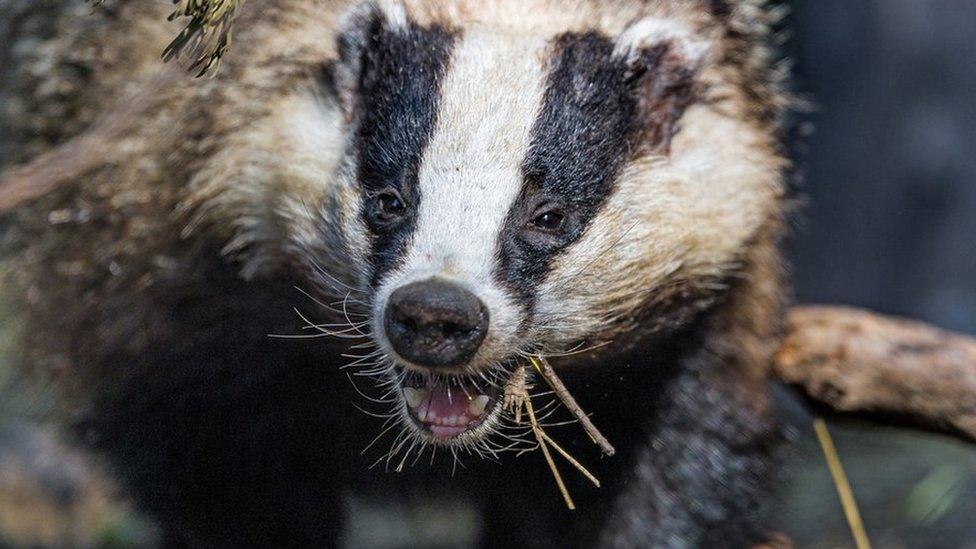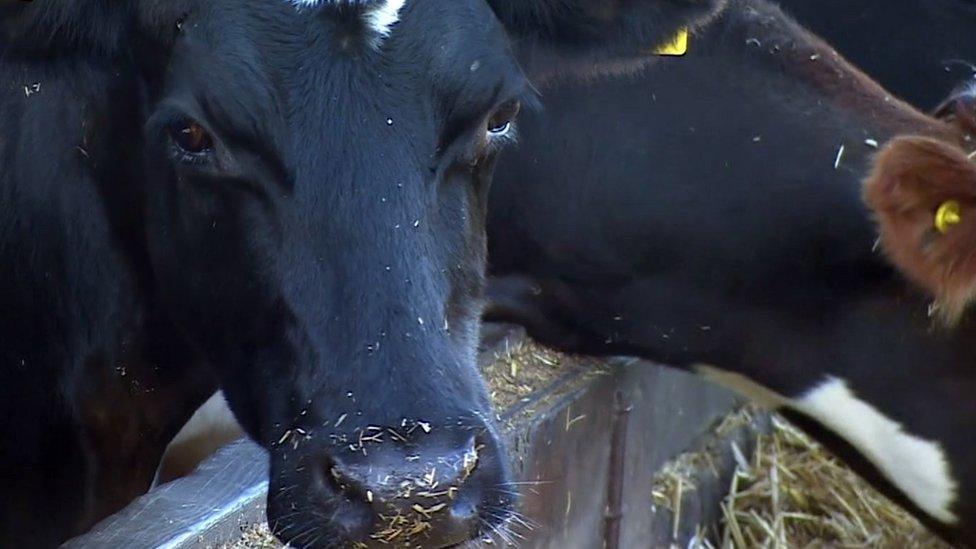Bovine TB at highest level for three years in Northern Ireland
- Published

UFU figures show the incidence rate now exceeds 9%, with 14,632 cattle removed in the last 12 months
The incidence of Bovine Tuberculosis (bTB) in NI is at its highest level in three years and is still rising, the UIster Farmers' Union has said.
It wants the Department of Agriculture, Environment and Rural Affairs (Daera) to implement an eradication strategy announced in March.
Figures from the UFU show the incidence rate now exceeds 9%, with 14,632 cattle removed in the past 12 months.
That is an increase of 1,425 on the same period in the previous year.
"Farmers are and will continue to suffer emotionally and financially until the revised strategy is put in place," said UFU deputy president John McLenaghan.
"We have made such progress up until this point, but we need to keep going to get this over the line.
"This plague of a disease is removing more than 280 cattle per week from our industry, before they even have the chance to reach their full production potential.
"We need everyone in the industry to work together, doing everything in its power to get the revised TB strategy rolled out."
Testing cattle and compensating farmers whose animals have been slaughtered after a positive result costs up to £40m a year in Northern Ireland.
'Limited badger cull'
A revised strategy to eradicate the disease was launched by Agriculture Minister Edwin Poots in March.
It included an enhanced testing programme, biosecurity measures and a "limited" badger cull.
Daera said launch officials had been working on implementation of the various actions within the strategy and had met representatives of the UFU to discuss the role industry could play.
The TB Eradication Partnership, which is an independent advisory body to the department, has also had meetings with the UFU.
A former department vet who won her claim against Daera for unfair dismissal last year had raised concerns about failures in how the movement of cattle at markets was recorded, which she claimed could have an affect on the spread of disease in cattle, particularly tuberculosis.
Related topics
- Published24 March 2022

- Published28 August 2021

- Published17 July 2021

- Published24 September 2021
